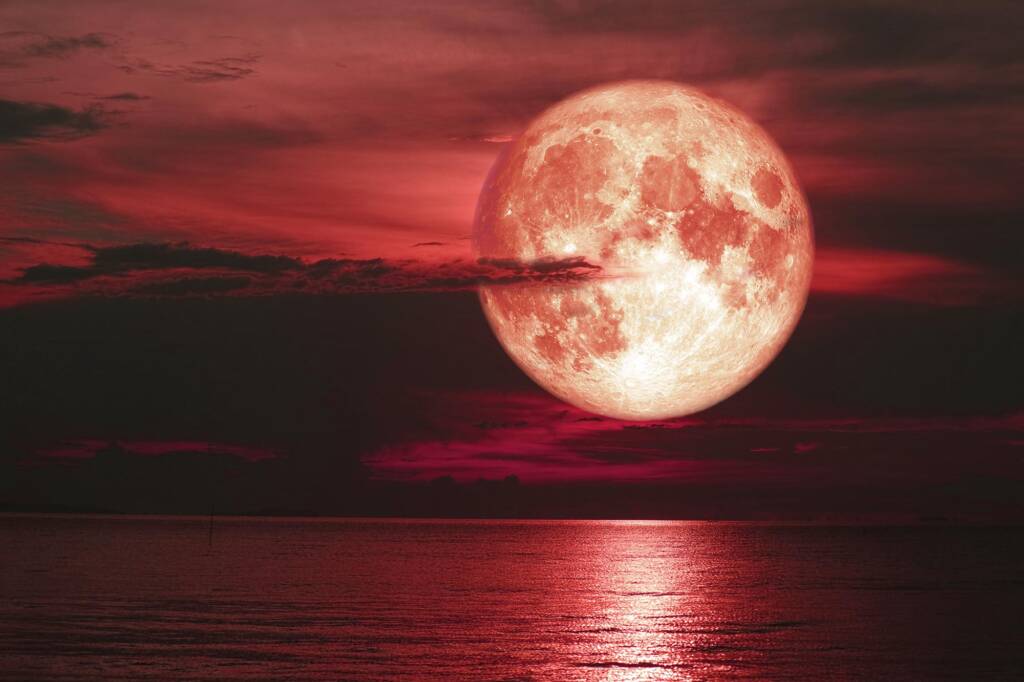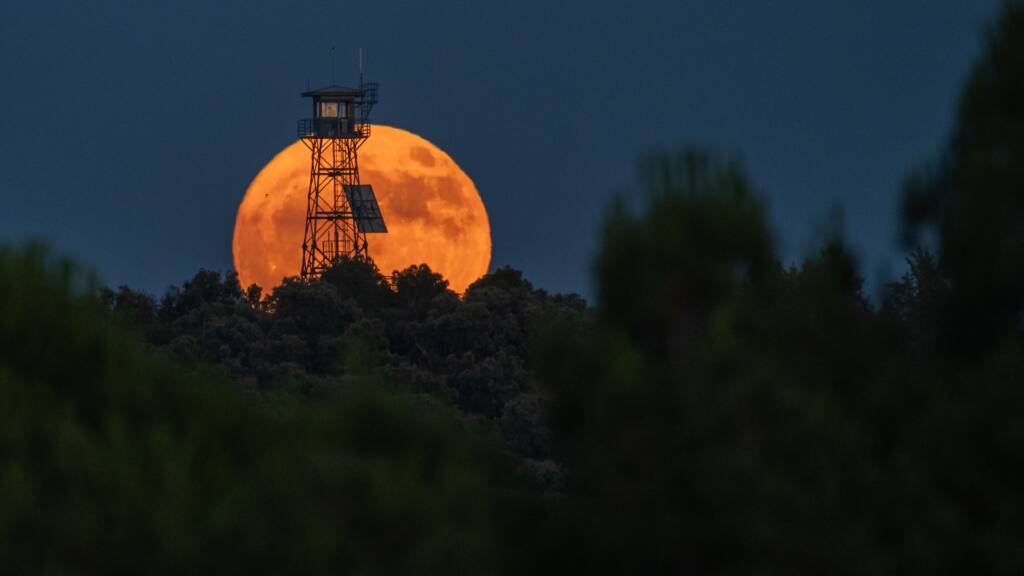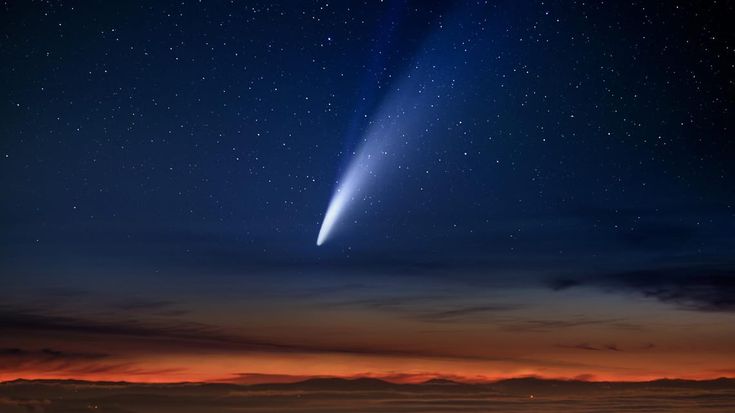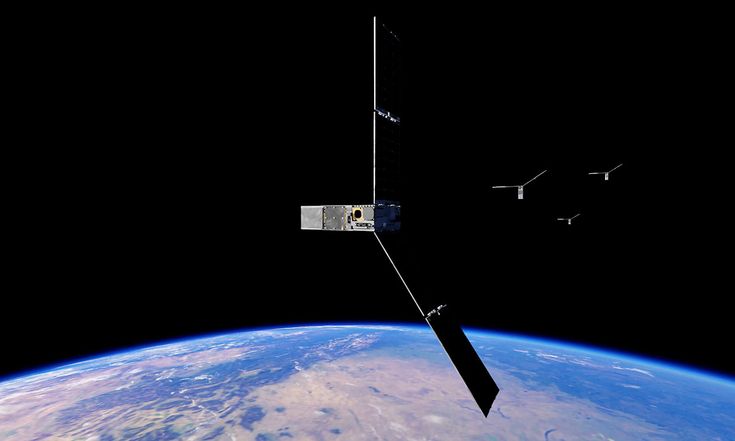As we step into the heart of June, skywatchers are in for a beautiful celestial treat. This month’s full moon, known as the Strawberry Moon, is set to grace the skies early next week, bathing the Earth in a soft, golden glow. While the name might suggest a rosy hue, the origins of the “Strawberry Moon” are rooted not in color, but in tradition—and the timing couldn’t be more perfect for stargazers across the globe.
Why Is It Called the Strawberry Moon?
Despite what the name might suggest, the Strawberry Moon isn’t pink or red. Instead, the name comes from Native American and European seasonal traditions, particularly those of the Algonquin tribes. For these communities, June’s full moon marked the season for gathering ripening strawberries. The term was later popularized in publications like The Old Farmer’s Almanac, which preserved these cultural designations.
Other cultures around the world also had unique names for this moon. For example, it’s been referred to as the “Rose Moon” in Europe due to the blooming of roses during this time, and as the “Honey Moon” in early English tradition. Regardless of its name, the June full moon has always been a symbol of abundance, fertility, and the transition into summer’s warmth.

When and How to Watch It
This year, the Strawberry Moon will reach its peak illumination in the early hours of Tuesday, June 11 at 3:44 a.m. EDT. However, the best time to view it won’t necessarily be at that precise moment. In fact, your best chance to catch the most dramatic and picturesque view will be just after sunset on Monday, June 10, when the moon begins its slow rise over the horizon.
During moonrise, the moon tends to look larger and more colorful due to a phenomenon called the “moon illusion.” As it rises through the Earth’s atmosphere, dust and particles can scatter blue light, allowing warm hues like gold, orange, and pink to dominate—giving the illusion of a more vibrant and oversized moon.
For the most optimal viewing experience, head to a location with a clear, unobstructed view of the southeastern horizon. Whether you’re in a city with a rooftop vantage point or out in a rural field, catching the moon just as it crests the skyline can make for a truly magical sight.
A Low-Hanging Lunar Wonder
One of the most exciting aspects of this year’s Strawberry Moon is its position in the sky. In 2025, it will be the lowest full moon of the year, appearing unusually close to the horizon throughout the night. This occurs due to the tilt of the Moon’s orbit and its current phase in the 18.6-year lunar nodal cycle, which affects how high or low it appears in the sky at different times of year.
Because the moon is hanging so low, the optical illusion of it appearing bigger and more orange becomes even more pronounced. Observers in the Northern Hemisphere may find this low, amber-tinted moon to be one of the most captivating moonrises they’ve seen in years.
Celestial Companions: Look Out for Antares
As an added treat for night sky enthusiasts, the Strawberry Moon will be sharing the spotlight with Antares, the bright red supergiant star in the constellation Scorpius. Antares is often mistaken for Mars due to its reddish hue, and it will appear just a few degrees away from the moon in the night sky.
In some parts of the Southern Hemisphere, including regions of Australia and New Zealand, there will be an even rarer sight: the moon will briefly occult Antares, passing directly in front of the star and temporarily blocking it from view. For observers elsewhere, the close approach alone will make for a visually stunning pairing.
How to Get the Best View
You don’t need any fancy equipment to enjoy the Strawberry Moon. In fact, some of the most breathtaking moments can be seen with the naked eye. That said, using binoculars or a telescope can enhance the experience by revealing surface features on the moon—such as craters and maria—with impressive detail.
To prepare, check the local moonrise time for your city on June 10, and head outside about 15 to 30 minutes beforehand to settle in. Consider using a stargazing app or compass to locate the southeast direction. If weather permits and skies are clear, you’ll be rewarded with an unforgettable moonrise that fills the sky with warmth and wonder.

A Moment to Reflect
Full moons have always held symbolic meaning across cultures, often representing renewal, enlightenment, and the cyclical nature of life. The Strawberry Moon, with its ties to growth, harvest, and the approach of summer, offers an opportunity to pause and reconnect—with the sky, with nature, and with our sense of time.
So, whether you’re a seasoned astronomer or someone who simply enjoys the beauty of the night sky, make time to step outside on the evening of June 10. The Strawberry Moon awaits, ready to cast its golden light across the landscape and remind us all of the simple, shared magic of looking up.e question of ownership and governance—who gets to decide how Mars is transformed and who it belongs to?


